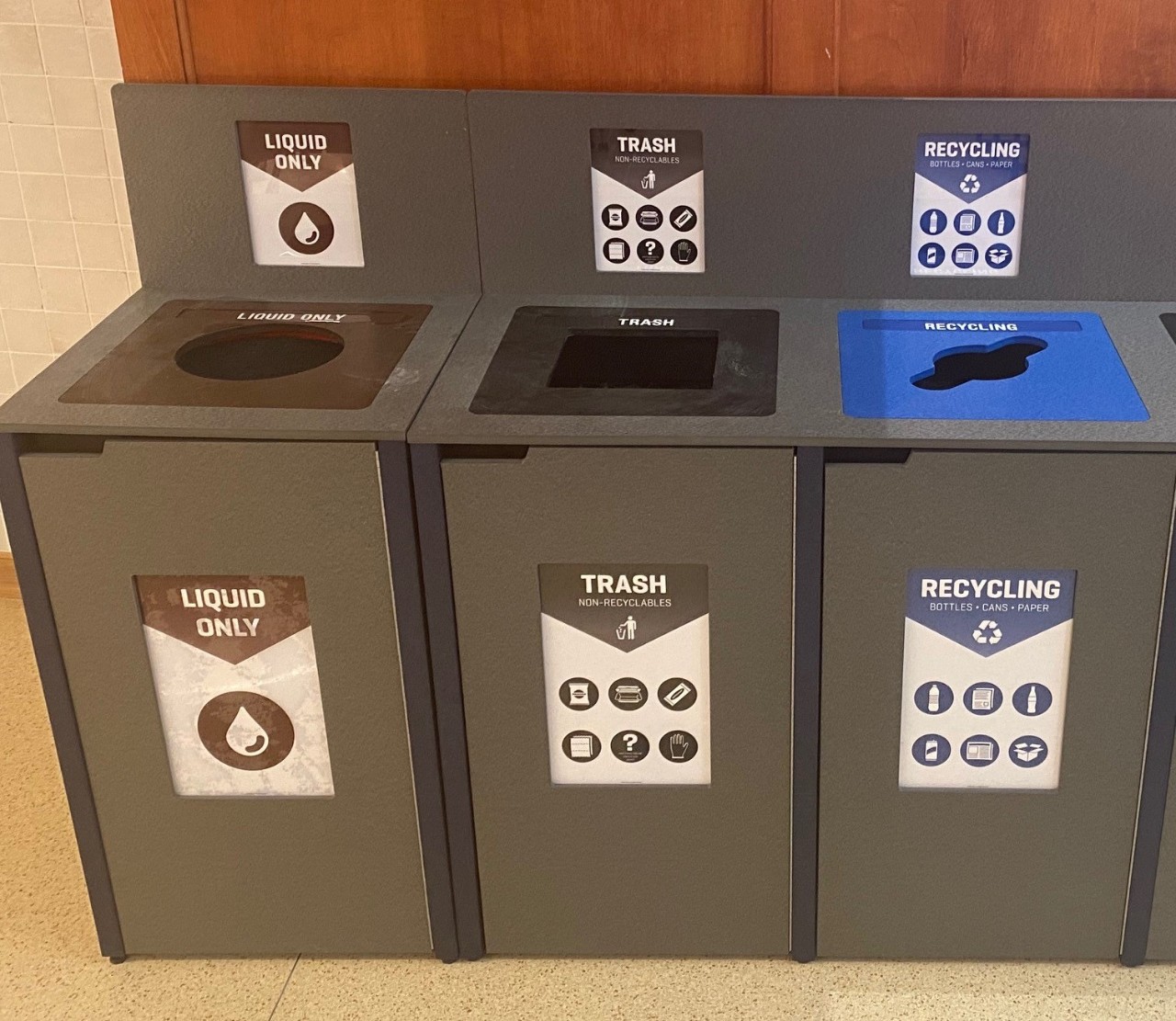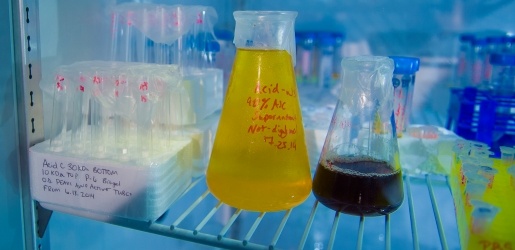How Liquid Waste Disposal Works: A Detailed Review of Methods and Technologies Employed

Introduction of Fluid Waste Kind
The complexity of liquid waste types demands a comprehensive understanding of their qualities and ramifications for disposal. Liquid waste can broadly be categorized right into numerous kinds, including industrial, municipal, farming, and unsafe waste. Each group shows unique residential properties, needing particular management strategies to minimize ecological and health and wellness risks.
Industrial liquid waste originates from manufacturing procedures and commonly consists of a series of contaminants, such as hefty metals, solvents, and organic substances. Community liquid waste, largely making up wastewater from homes and business establishments, contains natural matter, nutrients, and virus (industrial wastewater treatment). Agricultural fluid waste, including overflow from farms, might include plant foods, pesticides, and pet waste, presenting risks to water top quality and communities
Unsafe fluid waste is characterized by its toxicity, sensitivity, or possible to cause harm. Comprehending these varied fluid waste kinds is essential for establishing reliable disposal approaches and ensuring compliance with environmental guidelines.
Physical Therapy Approaches

Screening is the preliminary step, where larger bits and debris are eliminated from the liquid waste using displays or grates. This procedure secures downstream devices from damage and guarantees smoother operation. Following testing, sedimentation uses gravitational force to separate solids from fluids. In sedimentation containers, much heavier bits settle near the bottom, creating a sludge layer, while the clarified fluid can be additional dealt with.
Filtration is an additional necessary technique that involves passing the fluid through permeable materials, such as sand or membrane layers, to catch smaller sized bits. This step enhances the top quality of the liquid, making it ideal for subsequent therapy processes.

Chemical Therapy Methods
Chemical therapy methods are essential for successfully managing fluid waste, particularly in attending to dissolved and colloidal pollutants that physical methods might not adequately eliminate. These techniques make use of various chemical representatives to neutralize, speed up, or transform harmful materials into much less harmful types.
One usual technique is coagulation and flocculation, where chemicals such as alum or ferric chloride are added to advertise the gathering of suspended particles. This procedure boosts sedimentation, enabling for easier removal of the resulting sludge. In addition, oxidation processes, utilizing agents like chlorine or ozone, are utilized to break down complicated natural substances and pathogens, rendering the waste much safer for discharge or further treatment.
Neutralization is one more essential method, which changes the pH of acidic or alkaline waste streams to neutral levels, avoiding prospective harm to downstream systems and the atmosphere. Moreover, progressed oxidation procedures (AOPs) make use of mixes of oxidants and ultraviolet light to degrade persistent contaminants, accomplishing a higher level of treatment effectiveness.
Biological Treatment Processes
Biological treatment processes play an important function in the administration of liquid waste by using bacteria to disintegrate natural issue and minimize pollutant degrees. These processes can be broadly categorized right into anaerobic and cardio therapies, each utilizing certain microbial neighborhoods to accomplish effective waste degradation.
Cardio therapy includes using oxygen to help with the breakdown of organic products by germs. This process is commonly applied in turned on sludge systems, where oygenation tanks provide a helpful atmosphere for microbial growth, leading to the oxidation of natural contaminants. The resultant biomass can be separated from treated effluent via sedimentation.
On the other hand, anaerobic treatment takes place in the lack of oxygen, relying upon various germs to break down raw material. This method is specifically helpful for the original source high-strength waste, as it produces biogas, a renewable resource source, while lowering sludge production. Technologies such as anaerobic digesters are frequently used in visit this web-site industrial and municipal applications.
Both anaerobic and cardiovascular biological therapies not just minimize the ecological impact of liquid waste yet likewise help with source recovery, making them crucial elements of lasting waste management methods. Their performance, adaptability, and efficiency sustain their prevalent implementation across different fields.
Emerging Technologies in Disposal
Ingenious techniques to fluid garbage disposal are rapidly progressing, driven by innovations in technology and a boosting focus on sustainability. Amongst these emerging technologies, membrane bioreactors (MBRs) have gotten grip for their capacity to incorporate organic therapy with membrane filtration, resulting in top notch effluent that can be recycled in numerous applications. MBRs enable smaller footprints and a lot more effective procedures contrasted to conventional systems.
Another promising development is using anaerobic digestion incorporated with nutrient recovery technologies, which not just treats liquid waste but additionally creates biogas and recoups valuable nutrients like nitrogen and phosphorus. This dual benefit enhances source performance and lowers ecological effect.
Furthermore, advanced oxidation processes (AOPs) are being adopted for the destruction of intricate natural contaminants. These methods utilize effective oxidants and drivers to break down contaminants at the molecular degree, supplying an her latest blog extremely efficient solution for tough waste streams.
In addition, the assimilation of expert system and machine learning in waste monitoring systems is enhancing operational efficiency and anticipating upkeep, resulting in reduced prices and enhanced environmental conformity. These innovations mirror a substantial shift in the direction of even more sustainable and reliable fluid waste disposal techniques.
Final Thought
Finally, efficient liquid garbage disposal necessitates a thorough understanding of different strategies and innovations. The assimilation of physical, chemical, and biological therapy methods makes certain the efficient monitoring of diverse waste types. In addition, the introduction of ingenious modern technologies enhances treatment efficiency and promotes sustainability in waste administration practices. By constantly progressing these methodologies, it comes to be feasible to deal with the growing obstacles related to liquid waste, inevitably adding to ecological defense and source recovery.
Liquid waste disposal is a vital aspect of ecological administration, calling for a thorough understanding of different techniques and modern technologies customized to various waste kinds. Liquid waste can generally be classified right into several kinds, consisting of commercial, community, farming, and harmful waste. Agricultural fluid waste, including runoff from farms, may contain fertilizers, pesticides, and pet waste, posing risks to water high quality and environments.
Different physical treatment methods play a vital role in managing liquid waste effectively - industrial wastewater treatment.In verdict, reliable fluid waste disposal requires an extensive understanding of various techniques and modern technologies